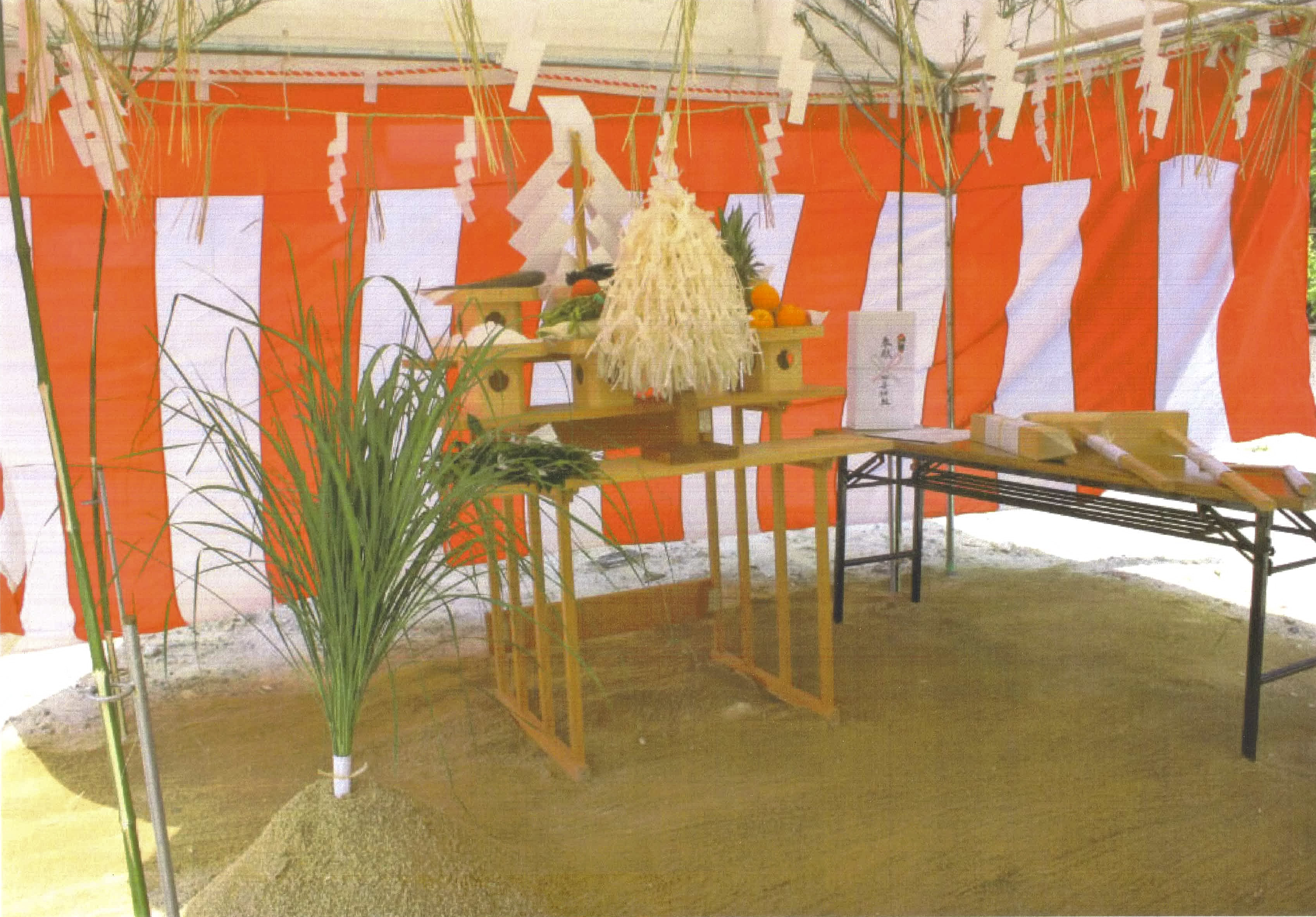Himorogi on:
[Wikipedia]
[Google]
[Amazon]

 in
in  During the Aoi Festival in
During the Aoi Festival in
OCLC 36977290
*Iwanami

 in
in Shinto
Shinto () is a religion from Japan. Classified as an East Asian religion by scholars of religion, its practitioners often regard it as Japan's indigenous religion and as a nature religion. Scholars sometimes call its practitioners ''Shintois ...
terminology are sacred
Sacred describes something that is dedicated or set apart for the service or worship of a deity; is considered worthy of spiritual respect or devotion; or inspires awe or reverence among believers. The property is often ascribed to objects (a ...
spaces or altar
An altar is a table or platform for the presentation of religious offerings, for sacrifices, or for other ritualistic purposes. Altars are found at shrines, temples, churches, and other places of worship. They are used particularly in paga ...
s used to worship
Worship is an act of religious devotion usually directed towards a deity. It may involve one or more of activities such as veneration, adoration, praise, and praying. For many, worship is not about an emotion, it is more about a recognition ...
.Sugiyama, "Himorogi" In their simplest form, they are square areas with green bamboo or ''sakaki
''Cleyera japonica'' (sakaki) is a flowering evergreen tree native to warm areas of Japan, Taiwan, China, Myanmar, Nepal, and northern India (Min and Bartholomew 2015). It can reach a height of 10 m. The leaves are 6–10 cm long, smooth, ...
'' at the corners without architecture
Architecture is the art and technique of designing and building, as distinguished from the skills associated with construction. It is both the process and the product of sketching, conceiving, planning, designing, and constructing building ...
. These in turn support sacred ropes (''shimenawa
are lengths of laid rice straw or hemp rope used for ritual purification in the Shinto religion.
vary in diameter from a few centimetres to several metres, and are often seen festooned with —traditional paper streamers. A space bound by ty ...
'') decorated with streamers called '' shide''. A branch of ''sakaki'' or some other evergreen at the center acts as a ''yorishiro
A in Shinto terminology is an object capable of attracting spirits called , thus giving them a physical space to occupy during religious ceremonies. are used during ceremonies to call the for worship. The word itself literally means "approach ...
'', a physical representation of the presence of the ''kami
are the deities, divinities, spirits, phenomena or "holy powers", that are venerated in the Shinto religion. They can be elements of the landscape, forces of nature, or beings and the qualities that these beings express; they can also be the sp ...
'', a being which is in itself incorporeal.
 During the Aoi Festival in
During the Aoi Festival in Kyoto
Kyoto (; Japanese: , ''Kyōto'' ), officially , is the capital city of Kyoto Prefecture in Japan. Located in the Kansai region on the island of Honshu, Kyoto forms a part of the Keihanshin metropolitan area along with Osaka and Kobe. , the ci ...
the ''himorogi'' is a square space surrounded by green branches with an evergreen
In botany, an evergreen is a plant which has foliage that remains green and functional through more than one growing season. This also pertains to plants that retain their foliage only in warm climates, and contrasts with deciduous plants, which ...
tree at the center as a ''yorishiro''. A more elaborate ''himorogi'' can also be made with a straw mat on the ground with on it a ceremonial 8-legged stand called an ' decorated with ''shimenawa'' and sacred emblems.
The etymology of the word is unclear, but it appears already in the '' Nihon Shoki'' and in the ''Man'yōshū
The is the oldest extant collection of Japanese (poetry in Classical Japanese), compiled sometime after AD 759 during the Nara period. The anthology is one of the most revered of Japan's poetic compilations. The compiler, or the last in ...
''. The term "himorogi" refers equally to the focal point "tree" and to the sacred space, both of which are deemed to be purified or "unpolluted".Bocking, Brian. (1997). ''A Popular Dictionary of Shinto.'' p. 41.
''Himorogi'' in Japan are most commonly seen at construction
Construction is a general term meaning the art and science to form objects, systems, or organizations,"Construction" def. 1.a. 1.b. and 1.c. ''Oxford English Dictionary'' Second Edition on CD-ROM (v. 4.0) Oxford University Press 2009 and com ...
sites, where after use they stand for a while before actual work begins. They are built for a Shinto priest, who comes to bless
In religion, a blessing (also used to refer to bestowing of such) is the impartation of something with grace, holiness, spiritual redemption, or divine will.
Etymology and Germanic paganism
The modern English language term ''bless'' likely ...
the site during a ground-breaking ceremony called
See also
* Koshintō * TheGlossary of Shinto
This is the glossary of Shinto, including major terms on the subject. Words followed by an asterisk (*) are illustrated by an image in one of the photo galleries.
__NOTOC__
A
* – A red papier-mâché cow bobblehead toy; a kind of ''engimo ...
for an explanation of terms concerning Japanese Shinto, Shinto art, and Shinto shrine architecture.
Notes
References
* Bocking, Brian. (1997). ''A Popular Dictionary of Shinto.'' Lincolnwood, Illinois: NTC Publishing.OCLC 36977290
*Iwanami
Kōjien
is a single-volume Japanese dictionary first published by Iwanami Shoten in 1955. It is widely regarded as the most authoritative dictionary of Japanese, and newspaper editorials frequently cite its definitions. As of 2007, it had sold 11 mil ...
(広辞苑) Japanese dictionary, 6th Edition (2008), DVD version
*
Shinto in Japan
Shinto religious objects
{{Shinto-stub